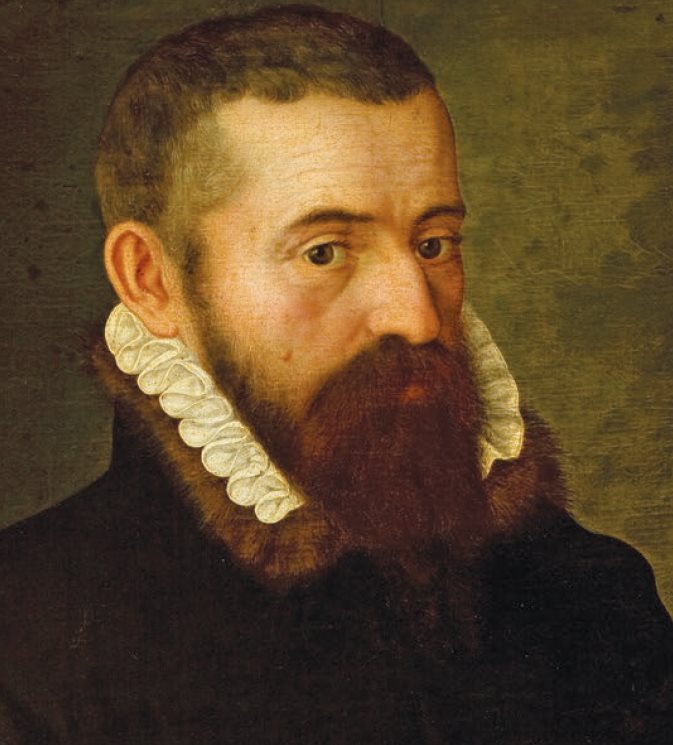Abstract
The National Museum in Warsaw owns an exquisite portrait of an anonymous man with books and flowers, until now attributed to an unknown Netherlandish painter. The author of this paper conducts a stylistic, iconographic, and historical analysis to identify the artist and sitter. By comparing the work with graphic representations, he discovers that it depicts Joachim Camerarius the Younger (1534–98), a famous botanist and emblem artist from Nuremberg, and proves that it was painted at the turn of the 1580s by Nicolas Neufchâtel, an eminent portraitist educated in Antwerp and active in Nuremberg. He deciphers the device depicted in the painting and compares it with emblem books, and identifies the flowers held by Camerarius as botanical raritates: a narcissus and a hyacinth, presenting the sitter as a humanist scholar of flora, who combines his botanical studies with studies of the Bible. In line with the device and the meaning of the flowers, these studies were to serve as “remedies of the soul” (pharmaca animae) and offered solace following the death of his wife (d. 1577; remarried 1580). As an image of a learned man who was an active part of the international network of academic correspondence (the modern res publica literaria), the Warsaw portrait is the only painted representation of Camerarius in the iconosphere of early modern science. In artistic terms, compared to the Portrait of the Nuremberg Goldsmith Hans Lencker and His Son (1570, Statens Museum for Kunst, Copenhagen), it is a remarkable example of Neufchâtel’s work.

This work is licensed under a Creative Commons Attribution 4.0 International License.
Copyright (c) 2020 Thomas Fusenig (Autor)

